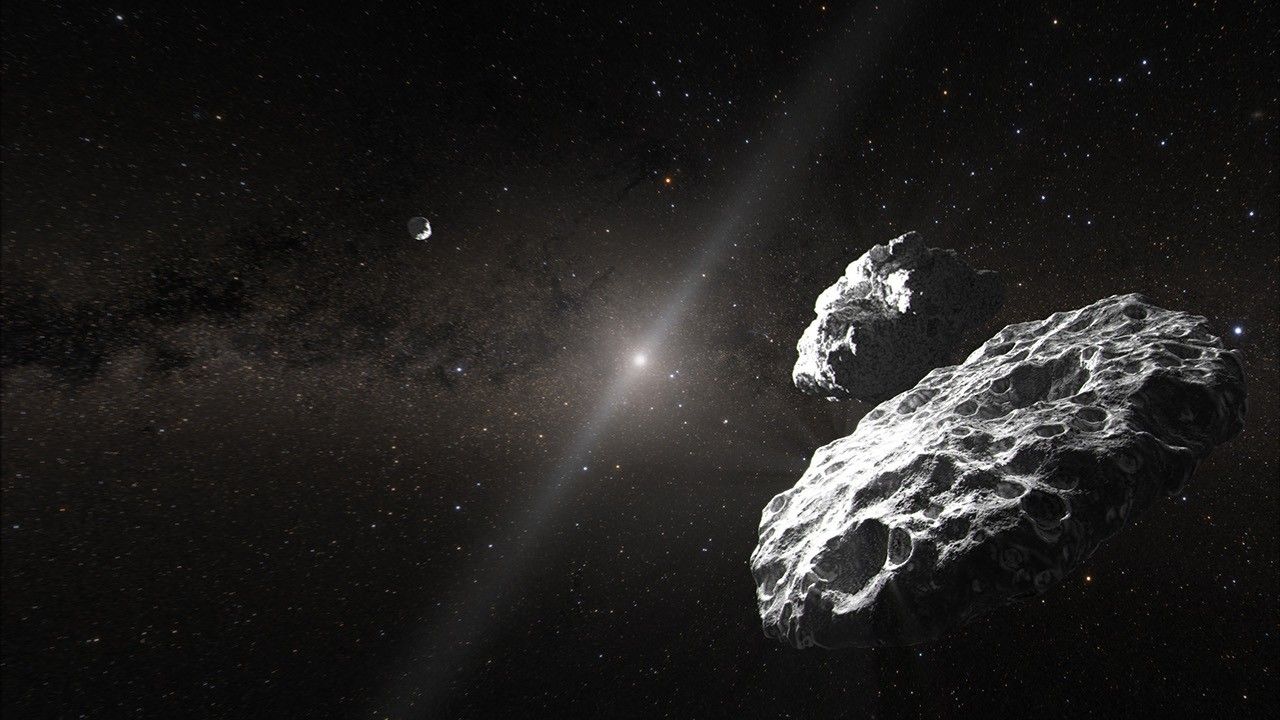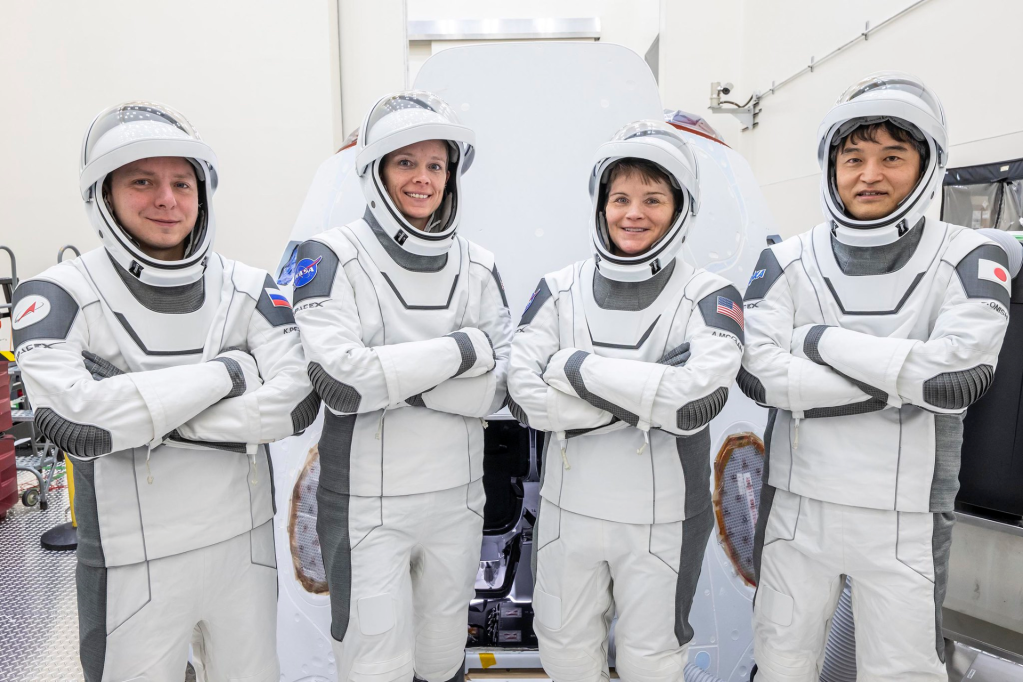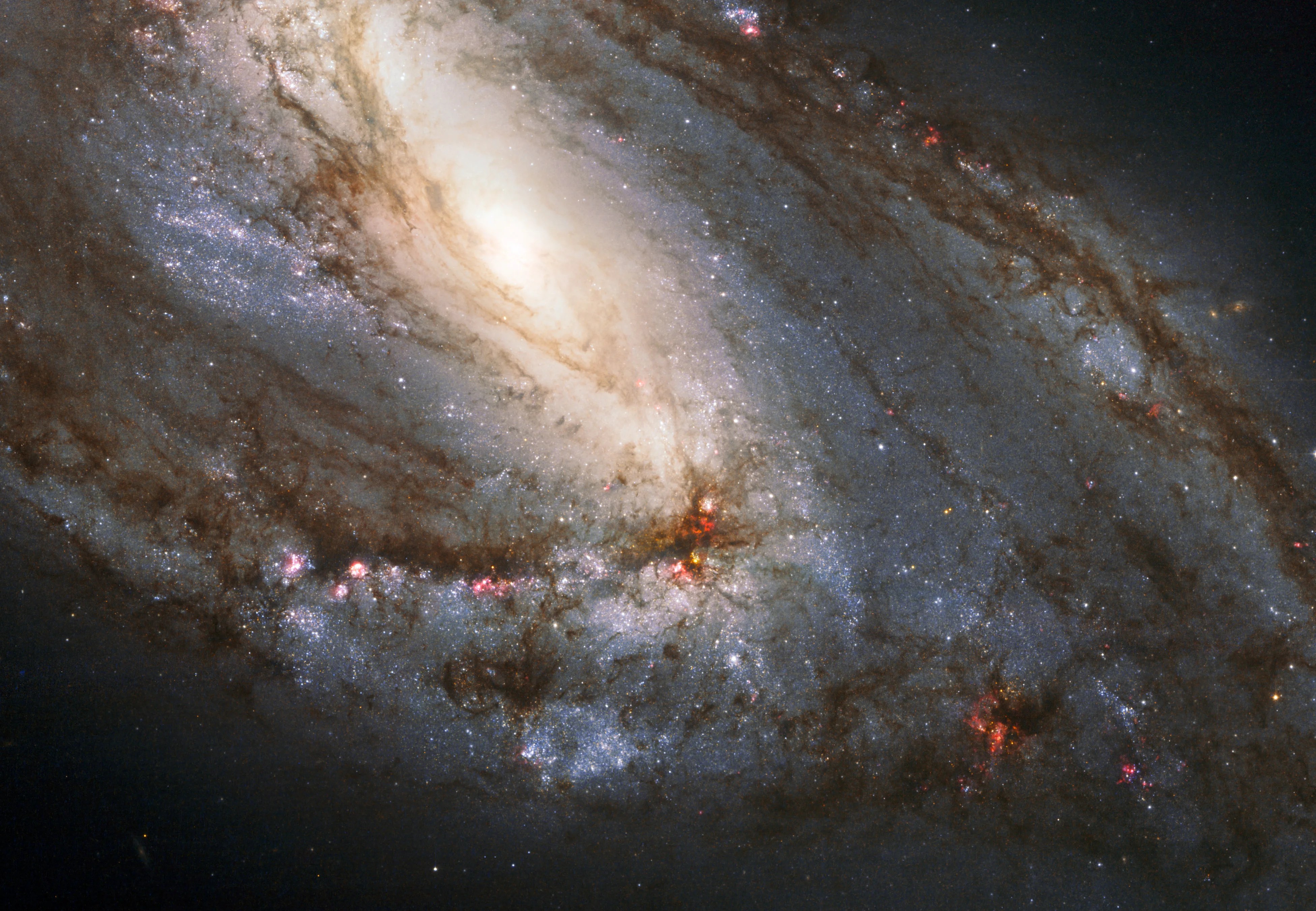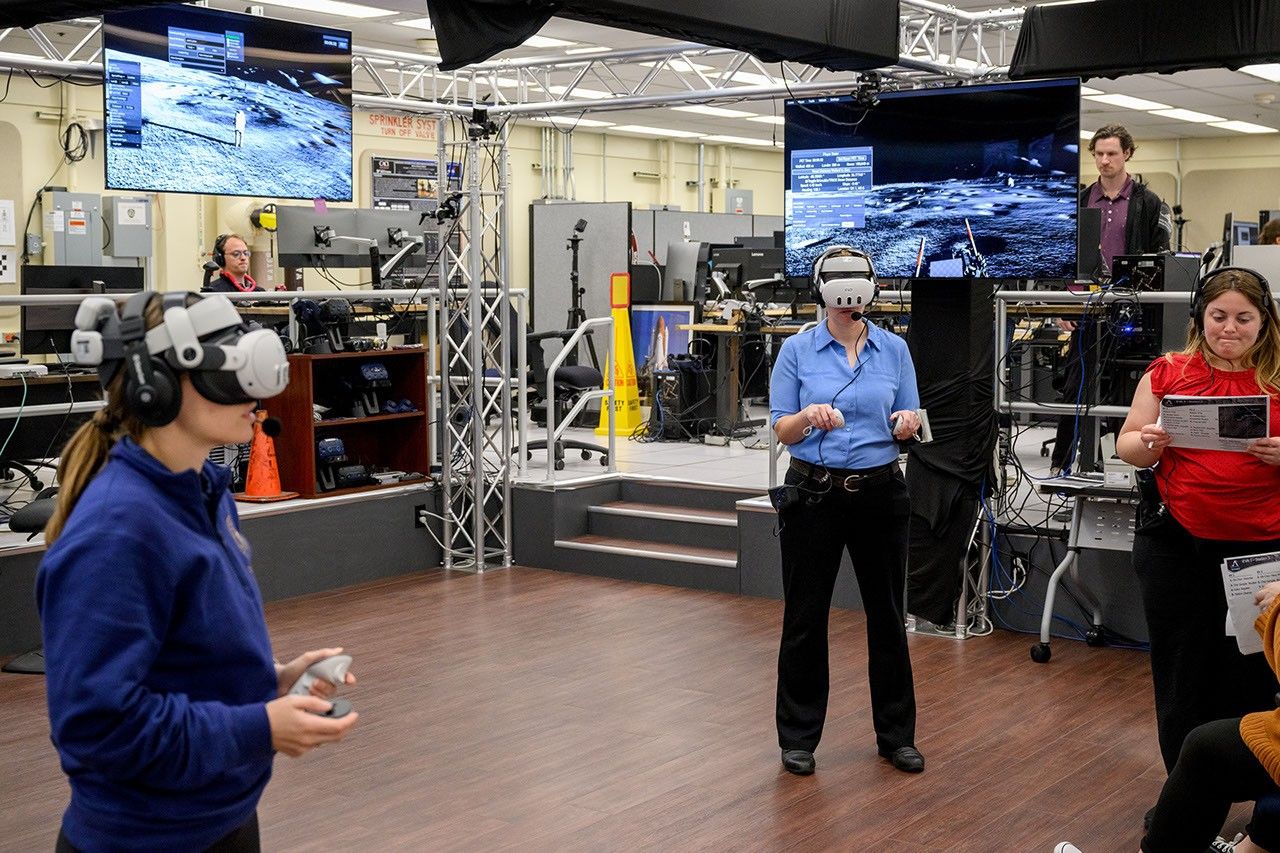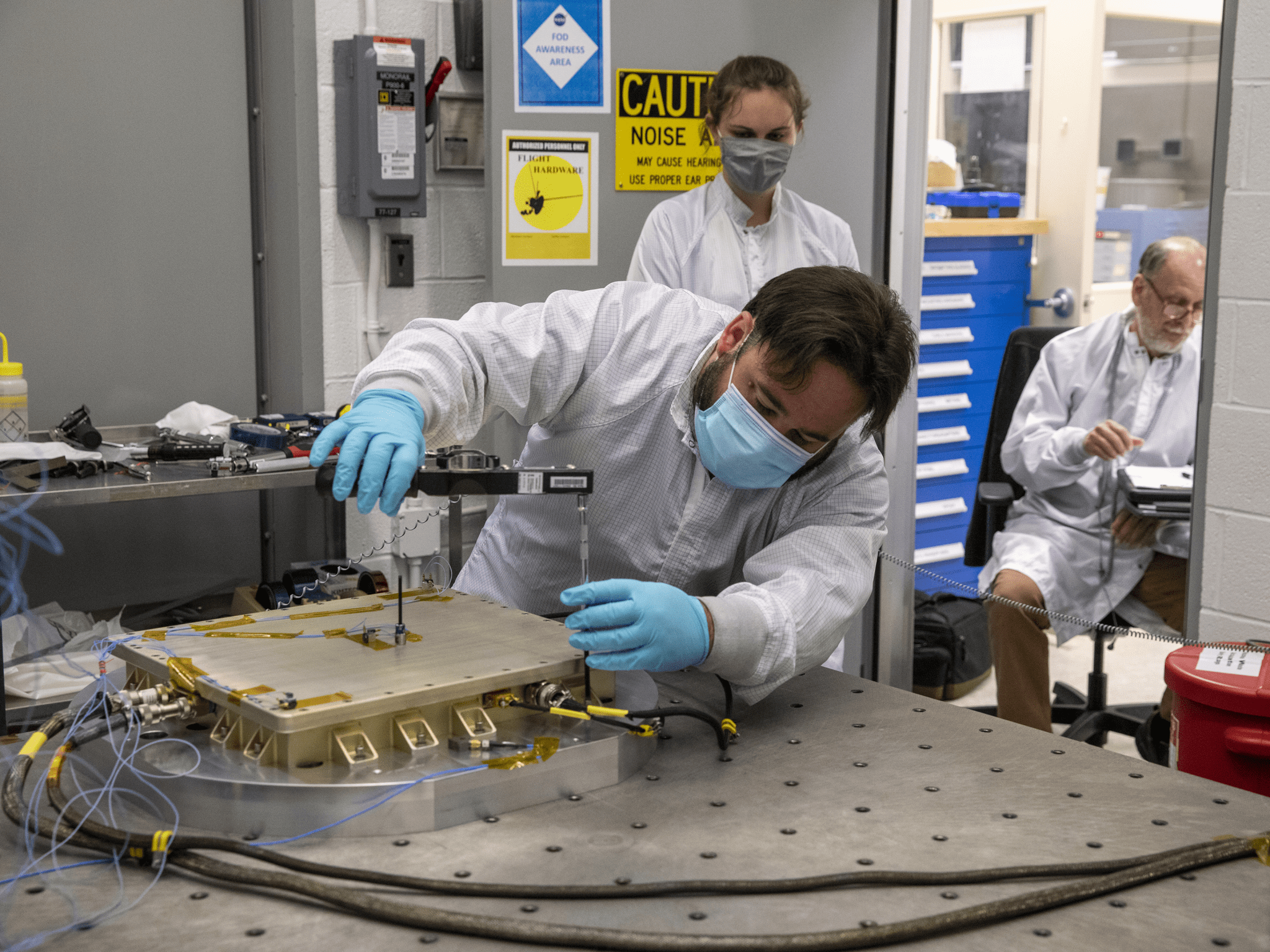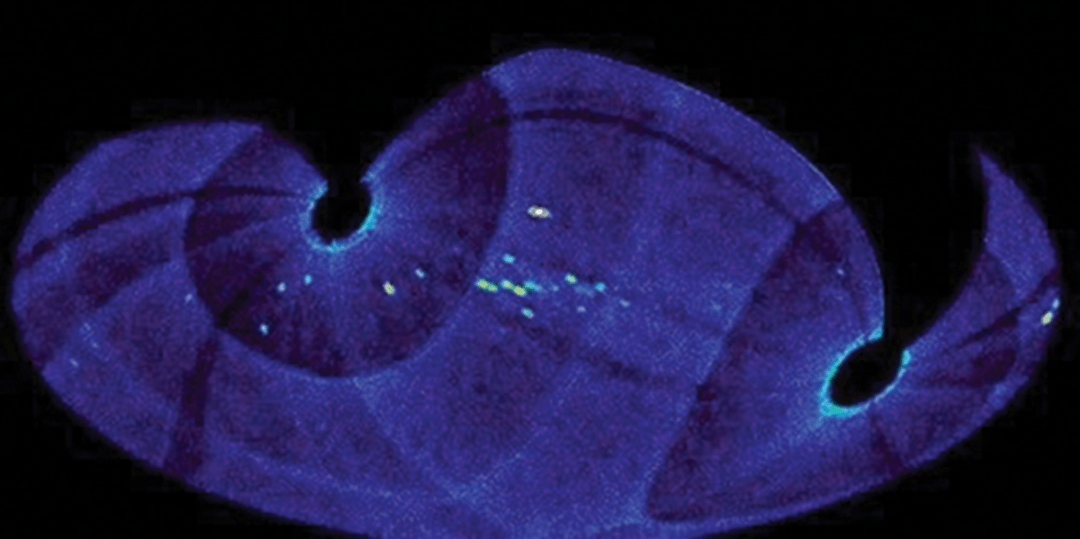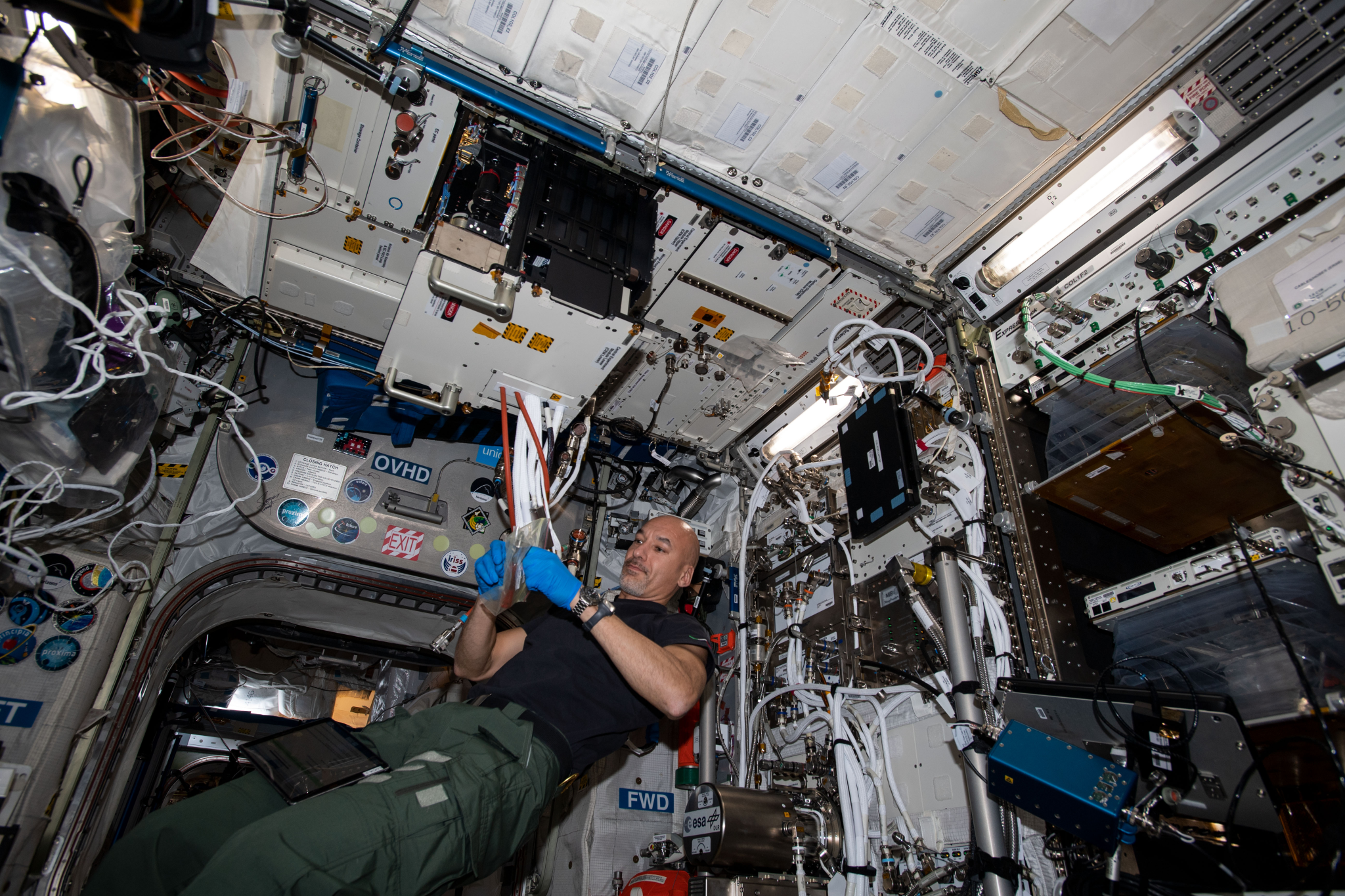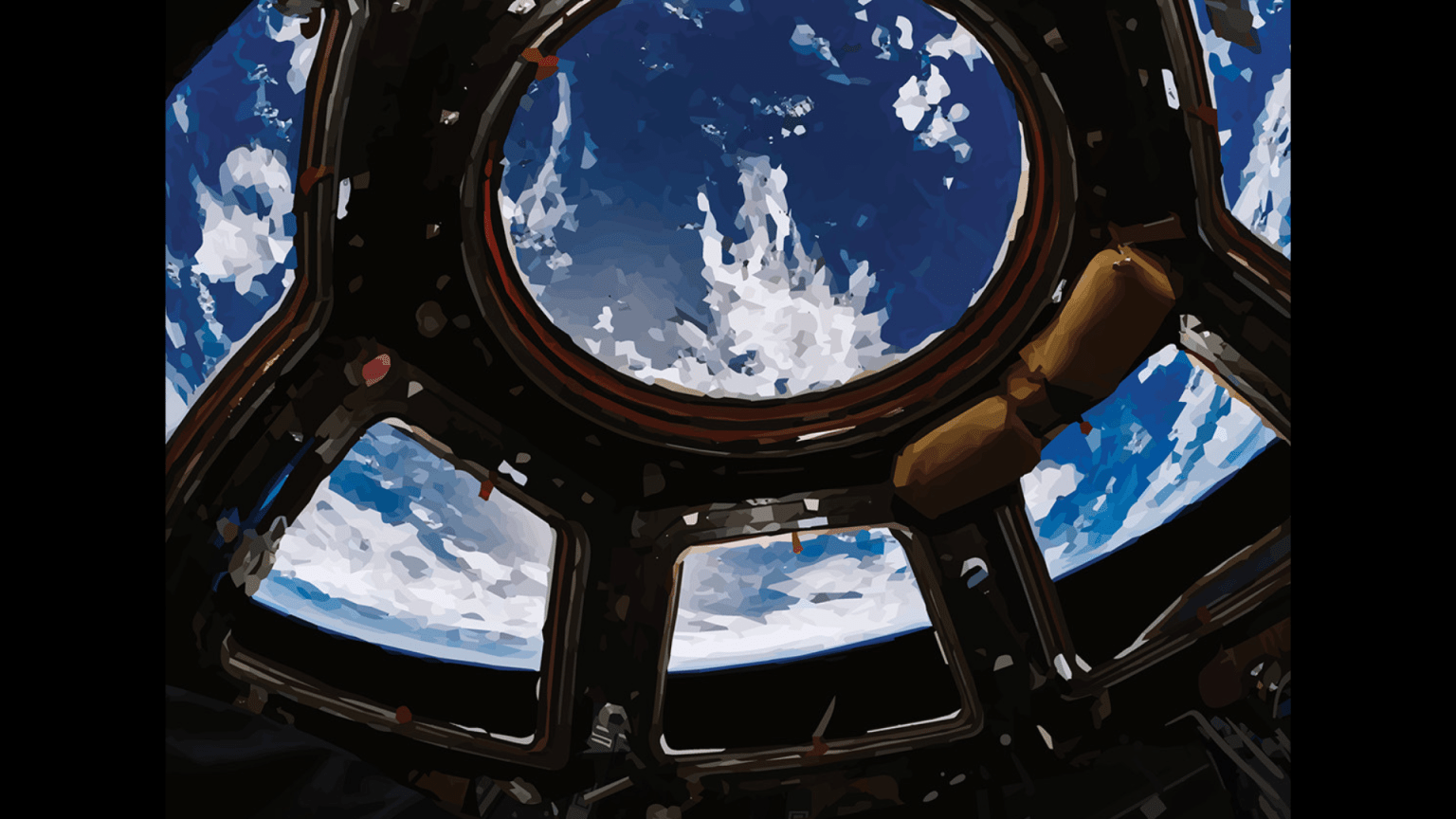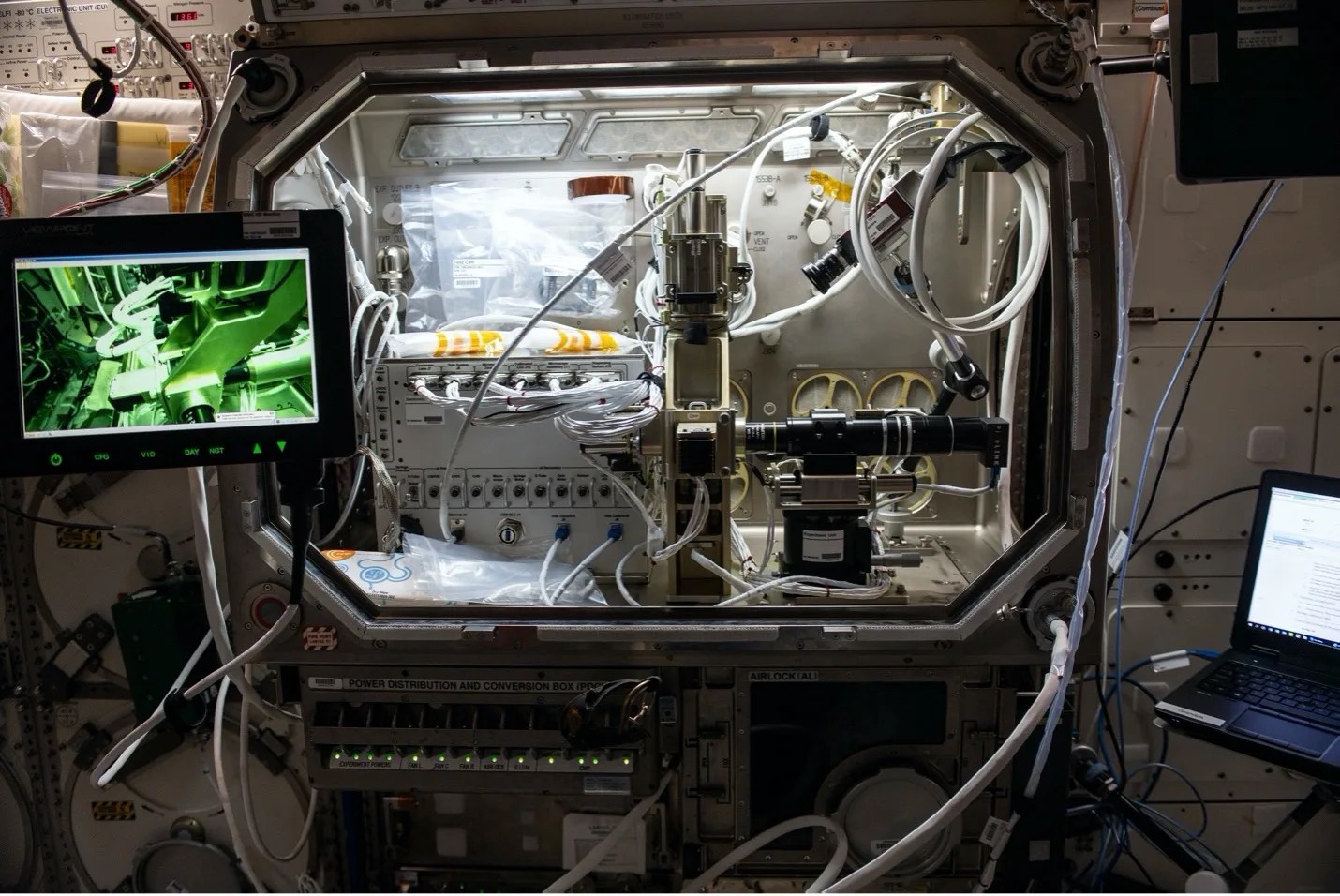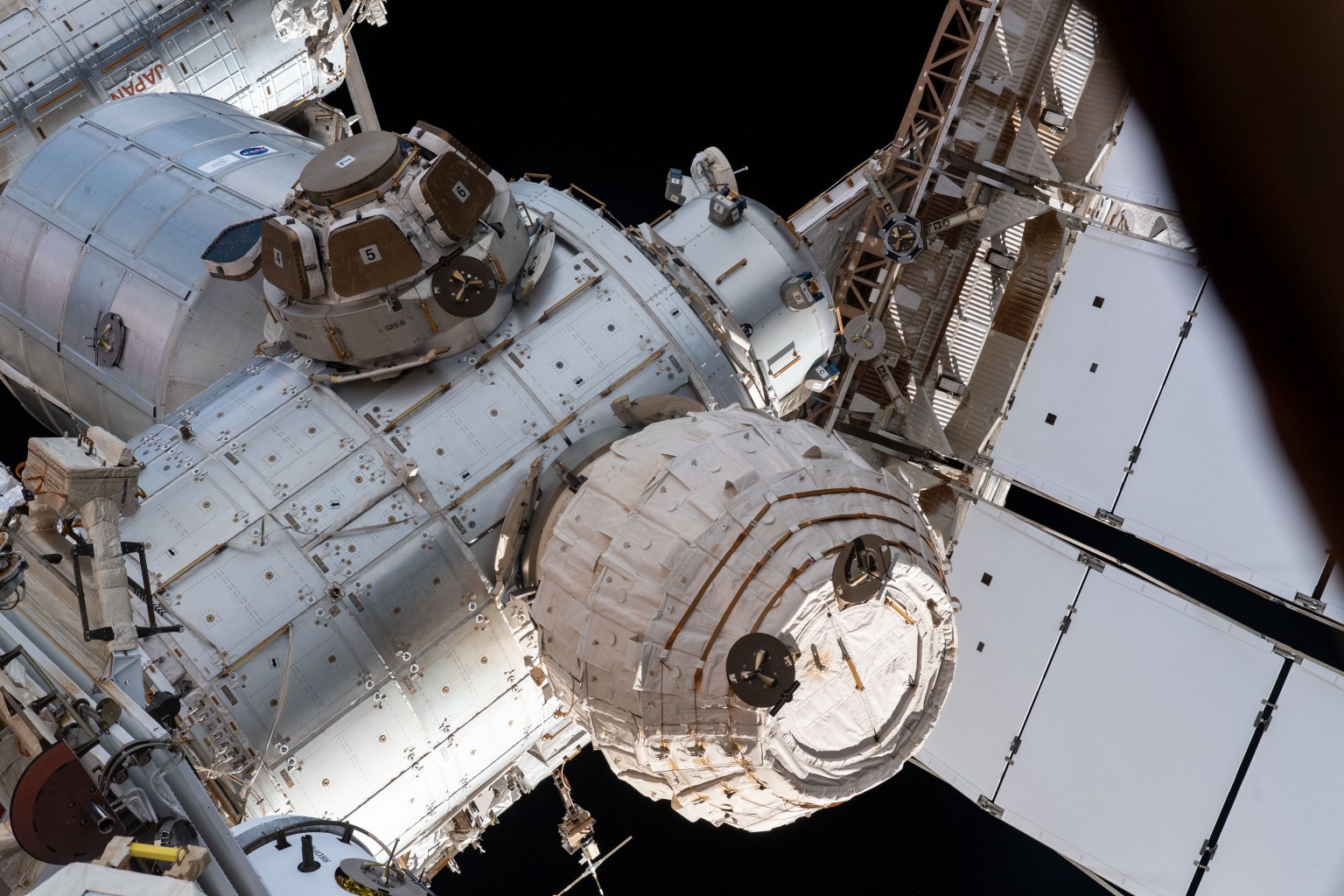Using two decades of operational experience and research results to make the third decade even better
The past 20 years saw the station evolve from an outpost on the edge of space into a highly capable microgravity laboratory. Thanks to the more than 3,300 investigations conducted to date, the station has established a firm base of research knowledge and operational know-how. Now results are compounding, new benefits are materializing, and innovative research and technology demonstrations are building on previous work.
While new areas of science are still being explored, researchers are using the experience and knowledge gained from past research to propose new experiments and design better systems to support future space missions. New facilities are being installed, often based on experience gained from older ones, to handle growing interest from the scientific community. Veteran station researchers are flying experiments based on insights gained from their first flights or other space station investigations. Teams of researchers are combining their knowledge for novel results.
Recent studies have pushed the potential of protein crystal growth experiments further with the addition of real-time monitoring and adjustments to experiments. Launched in Feb. 2021, the Real-Time Protein Crystal Growth 2 experiment gives scientists the opportunity to monitor and optimize protein crystal growth in microgravity through real-time communication with space station crew members. Astronauts can check the crystals, report on their growth, and make changes based on initial observations.
New approaches such as the use of tissue chips are opening unexplored areas of research. Tissue chips are small models of human organs containing multiple cell types and were first sent to the International Space Station in 2018. After several successful demonstrations validating their use, many are getting their chance at a second flight. These chips may make it possible to identify safe and effective drugs or vaccines much more quickly than the standard process.
Researchers investigating the mechanisms of certain diseases on Earth must contend with the forces of gravity and the interaction between liquids and solid containers. These forces differ from interfaces in the body scientists are attempting to model, such as those in arteries and brain tissue, and can affect results.
The Ring Sheared Drop experiment team developed another innovation benefiting medical research. This specialized device uses surface tension rather than a solid container to hold liquids in microgravity. The device pins a drop of liquid between two rings and rotates one while keeping the other stationary to create shear flow, or a difference in velocity between adjacent liquid layers.
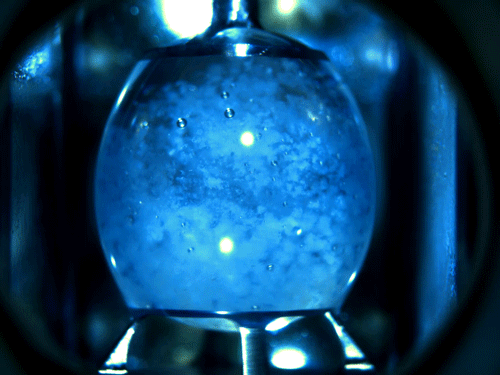
Previous research shows that this shear flow plays a significant role in the formation of amyloid fibrils associated with neurodegenerative conditions such as Alzheimer’s Disease. Results could improve scientists’ fundamental understanding of how amyloid fibrils form and are transported, as well as the effects of shear at fluid interfaces relevant to conditions in the body.
Earth science research aboard the International Space Station will also be getting an upgrade with the planned launch of CLARREO Pathfinder. Researchers behind this project previously designed and launched the Total and Spectral Solar Irradiance Sensor (TSIS-1), an external space station instrument tracking solar irradiance. Solar irradiance, the total energy flowing into Earth from the Sun, is a crucial parameter for climate modeling and is represented by one of the longest climate data records derived from space-based observations. TSIS-1 has allowed researchers to maintain continuity of that record.
By applying the knowledge gained from the design and implementation of TSIS-1, the creation of CLARREO was much more streamlined. Once installed on the station, CLARREO will study Earth’s climate by taking measurements of sunlight reflected by Earth and the Moon with five to ten times lower uncertainty than measurements from existing sensors.
The Atmospheric Waves Experiment (AWE) will focus on colorful bands of light in Earth’s atmosphere called airglow to determine what combination of forces drive space weather in the upper atmosphere. AWE is the first dedicated NASA mission designed specifically to characterize the properties of global mesospheric gravity waves.
Fluid physics research has benefited greatly from the availability of a microgravity research laboratory, building significantly on the science community’s knowledge of the topic since April 2004 when the first Capillary Flow Experiment (CFE) was conducted onboard the orbiting lab. The work began as a series of fundamental fluid physics investigations that led to patents that involve technology applications associated with space exploration such as thermal control systems and liquid fuel tanks.
Since the completion of those initial fluid physics studies, the International Space Station has provided a unique venue for exploring the nature and application of fluidics, leading to dozens of scientific publications and multiple patents. For example, researchers are using station as a platform to study nanofluidics to create a novel drug delivery mechanism—a refillable implant placed just under the skin that administers medicines at pre-determined dosages for weeks or even months between refills without any moving parts. One application of this implant is in clinical trials and could be approved for use soon.
ESA has also performed microgravity fluids research, contributing greatly to our understanding of boiling, heat transfer, and fluid flows. Their Multiscale Boiling experiment analyzed bubbles that form during boiling. Without gravity, boiling takes place in slow motion and produces larger bubbles. Multiscale Boiling allows scientists to observe and measure effects that are too fast and too small on Earth, thus getting a more complete understanding of heat transfer during the boiling process. This information could be applied to help cool electronics like laptops more efficiently.
Looking forward, ESA plans to launch a new facility to station that will build on the results of Multiscale Boiling. The new Heat Transfer Host facility intended for launch to station in a few years will contain a series of experiments designed around the Multiscale Boiling data.
ROSCOSMOS launched the first bioprinter, Organ.Aut, to the space station, kicking off a new area of research that could one day lead to the creation of organs for use in transplants. The printer was used to culture cartilage cells in space using a magnetic field. U.S.-based company Redwire Space’s BioFabrication Facility (BFF) further explored the possibility of printing human tissue in orbit. Redwire expects to continue testing the in-orbit manufacture of cardiac and orthopedic tissue and start a new program aimed at testing the manufacturing of vasculature in space.
A JAXA investigation, Space Organogenesis, took a different approach to trying to solve the organ shortage. Researchers tested using human stem cells to grow 3D organ buds aboard station. Organ buds are condensed masses of tissue that eventually develop into full organs. Researchers plan to observe growth of the organ buds and analyze changes in gene expression and, ultimately, establish the technology for cell growth in three dimensions in space.
New commercial facilities are further expanding research capabilities to support future efforts in low-Earth orbit. The Bigelow Expandable Activity Module (BEAM) is an experimental expandable space station module developed by Bigelow Aerospace and attached to the International Space Station in 2016. Following its successful year-long demonstration of this technology, it entered service as a storage module on station.
The Bishop Airlock, constructed by Nanoracks, was launched in 2020. It is the first commercially owned and operated station airlock. The airlock allows movement of larger payloads inside and outside the station, increasing the station’s capacity to deploy small satellites.
Coming soon, U.S.-based company Axiom plans to launch the first habitable commercial module to be attached to the space station. This project will demonstrate the ability of commercial entities to provide products and services in space, furthering the transition to a sustainable low-Earth orbit economy in which NASA is one of many customers. In 2022, Axiom launched the first fully private crew of astronauts to the space station where they spent more than a week conducting their own research investigations.
The space station is preparing for extended years of operation through additional installations of new ISS Roll-out Solar Array (iROSA). Based on technology previously demonstrated on station, iROSA is made up of compact arrays that open like unrolling a long rug. The first pair of arrays were installed in 2021 with the next set launching in 2022. The combination of the eight original, larger station arrays, and the smaller, more efficient new arrays will provide a 20% to 30% increase in power for research and operations. The roll-out arrays are also a technology demonstration that will benefit future missions. For example, the same solar array design will be used to power elements of the Gateway lunar-orbiting outpost.
The station’s regenerative life support hardware provides clean air and water for station crews. Planned upgrades to the system will demonstrate technology that could get spacecraft to the level of reusability needed for deep space missions. The Universal Waste Management System (UWMS), a newly designed space toilet, is being tested for future use aboard Orion for the Artemis II flight test that will send astronauts beyond the Moon and back. This toilet addresses crew feedback about comfort and ease of use. Improved integration with other components of the space station water system will aid in recycling more urine. It also features a 65% smaller and 40% lighter build than the current space station toilet, saving valuable mass and volume for future exploration missions.
An upgraded distillation system for the space station’s Urine Processor Assembly was also tested in 2020. The station’s previous system suffered an issue common to many machines—deteriorating belts. With upgrades included in the latest iteration, engineers anticipate a service life of more than 4,300 hours without parts replacement, compared to 1,400 hours.
As the International Space Station enters its third decade of use, scientists continue lining up to initiate new research efforts. Engineers are proposing new technology demonstrations and upgrading existing systems to increase reliability and reduce their mass, volume, and maintenance needs in preparation for missions farther into space.
With more follow-on experiments building on past results and new research facilities entering service each year, many more years of technological, scientific, and commercial breakthroughs will follow.


